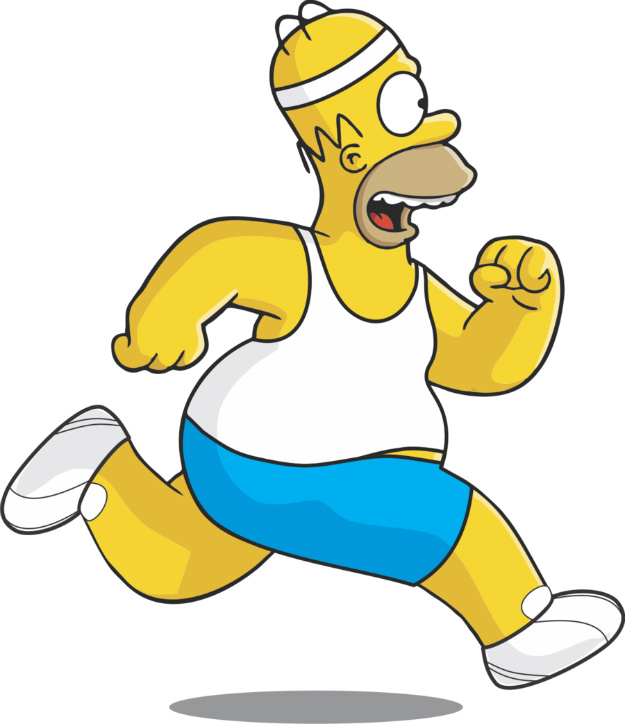Running on a treadmill is a bit like baking cakes in a microwave: idealists will say it’s just a pathetic imitation, while pragmatists will cite convenience and good results.
Even critical thinkers will recognise that there are many benefits to exercising on a treadmill indoors: temperature control, a flat surface, the ability to pace oneself and, for that matter, a large TV screen nearby. That’s not to say, however, that a treadmill works the same muscles as the ones outdoors. And this is a fundamental issue if, for example, you use a treadmill in winter to prepare for a 10km run in the spring.
It’s actually a tricky question, one that we still don’t have a clear answer to,” says Colin Dombroski, a podiatrist (a specialist who treats diseases of the foot and lower leg) at the Fowler Kennedy Centre for Sports Medicine in London. The Fowler Kennedy Clinic for Sports Medicine in London, Ontario, Canada, says Colin Dombroski, a podiatrist (a specialist in foot and shin disorders). – Over more than 30 years of research, two main schools of thought have emerged with radically different views.
Representatives of the first school are of the opinion that running on a treadmill is fundamentally different from conventional running, because you do not transfer your entire body weight forward and, therefore, your centre of gravity remains stationary. And representatives of the second school believe that if a treadmill moves at a certain speed, the only difference physically is the absence of wind resistance.”
One of the most recent attempts to unravel this mystery came from scientists at the University of Virginia, who conducted joint studies on runners using high-speed cameras and special treadmills with surfaces where force-measuring devices were embedded. The results, published in the journal Medicine & Science in Sports & Exercise in 2008, showed that there were some differences compared to running outdoors on a treadmill, such as the athlete’s knee position and peak force. However, the general conclusion was that:
In general, the biomechanics of running on a treadmill are so close to “ground” running that this difference is not significant.
Many trainers come to the same conclusion after trying out treadmill running in their own experience. “There are differences, but they’re not significant,” says Peter Pimm of Toronto, a long-distance running coach. He’s been running with both Olympians and amateur athletes for 25 years. To compensate for the lack of wind resistance, Pimm advises his trainees to set the treadmills at a slight angle (1° slope).

The experienced coach believes that treadmills have one important advantage: they tend to be softer than roads and pavements. “People often notice that this kind of running is more gentle on the knees,” he says. – So if you’ve had joint injuries, you’re likely to be able to train for longer on a treadmill. But at the same time, this might also be the treadmill’s weakest point: Training on it all winter long won’t allow you to reach the same level of endurance as you would on the street, due to the lack of natural bumps and shakes. So when you get from the gym to the grass or trails, you will inevitably get sore muscles,” warns Pimm. According to Dombroski, this is because by exercising on a treadmill, you cannot develop those stabilising muscles that make an athlete stay upright on uneven surfaces.
So what to do?
The simplest solution to the problem: variety. A treadmill is great, but you shouldn’t get hung up on it. Of course, there are times when the weather keeps you indoors for months at a time. In that case, be sure to train outdoors before taking part in a 10km run.

